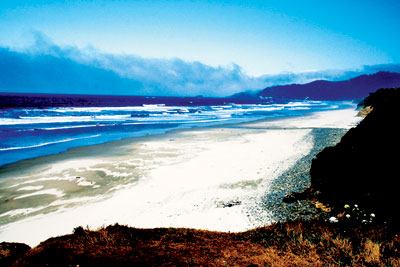All Nonfiction
- Bullying
- Books
- Academic
- Author Interviews
- Celebrity interviews
- College Articles
- College Essays
- Educator of the Year
- Heroes
- Interviews
- Memoir
- Personal Experience
- Sports
- Travel & Culture
All Opinions
- Bullying
- Current Events / Politics
- Discrimination
- Drugs / Alcohol / Smoking
- Entertainment / Celebrities
- Environment
- Love / Relationships
- Movies / Music / TV
- Pop Culture / Trends
- School / College
- Social Issues / Civics
- Spirituality / Religion
- Sports / Hobbies
All Hot Topics
- Bullying
- Community Service
- Environment
- Health
- Letters to the Editor
- Pride & Prejudice
- What Matters
- Back
Summer Guide
- Program Links
- Program Reviews
- Back
College Guide
- College Links
- College Reviews
- College Essays
- College Articles
- Back
Plastic in Our Ocean
The ocean’s vast marine life is dying more and more each year due to plastic. Over 100,000 marine animals die each year from plastic entanglement and ingestion says Gianna Andrews, author of the 2012 “Plastic in our Oceans Affecting Human Health” on ser.carlton. Chemicals in the plastic are also intoxicating the marine life. Reducing the use of plastic could save thousands of sea animals and make our ocean a cleaner place. There are many questions concerning our ocean, like how much plastic is in our ocean? What are the effects? How do we stop it? These questions will be answered explaining and describing our ocean’s plastic.
The plastic around the world is building up to become a huge world problem. Each year 8 million tons of plastic is dumped into the ocean every year. There is a total of 5 trillion tons of plastic in our ocean according to Laura Parker author of the February 13, 2015 “Eight Million Tons of Plastic Dumped in Ocean Every Year” on National Geographic. One of the reasons our ocean is not completely filled with plastic, is because of the “plastic islands”. The Great Pacific Garbage Patch is the main and biggest patch. There is also one somewhere in the Atlantic Ocean and the somewhere in the Indian Ocean. These Garbage Patches are very unknown to us, floating in remote parts of the ocean.
There are many theories estimating how big these plastic islands are. Many studies have concluded that the Great Pacific Garbage Patch reaches the size of Texas says Tia Ghose, author of “Plastic Trash Islands Forming in Ocean Garbage Patch” on Livescience. More studies are being performed near this plastic island showing that there is a lot more plastic on the surface of the ocean then we thought. Remote drones are scouting the ocean and discovering that there are 100 times more plastic than we estimated. All this plastic is creating major consequences, concerning our ocean.
The tons of plastic that we throw into our ocean is creating bigger world wide problems that we could never imagine. Sea turtles and birds are the main victims to the plastic problem. They get tangled in the plastic or consume small bits of it. These creatures roam the surface of the water which is where most of the plastic is. Plastic gives off dangerous chemicals that can greatly harm sea animals deeper in the ocean. People are also being affected by the dangerous chemicals. The dangerous chemicals are reaching the shores and intoxicating the environment and people. The plastic we put into our ocean is harming us. So why don't we stop?
Trying to get 7 billion people to stop using plastic is basically impossible. There are many little things people can do to reduce the amount of plastic that goes into our ocean. Recycling is the best thing we can do to help our ocean. Its also the easiest and most effective. Another get way to save plastic is to not buy plastic water bottles. Every year close to 20 billion plastic bottles are bought. Instead use a water bottle of your own. One more great way to minimize the amount of plastic we use is to cook at home. Don’t go out to eat as much. All these great things can save thousands of marine animals.
The more plastic that is in our ocean the more marine animals die. I think 5 trillion tons of plastic is enough. All this plastic gives off dangerous chemicals that can hurt not only the sea life but also hurt humans that put the plastic there. Plastic is becoming such a big problem it is affecting more than just the marine life. Recycling and not buying as much plastic could save thousands upon thousands of sea animals and keep our oceans cleaner. I think we should put an end to the plastic in our ocean. Making our ocean a cleaner and safer place.

Similar Articles
JOIN THE DISCUSSION
This article has 0 comments.

Whenever I go to see the ocean there is always pieces of plastic or trash floating around. This trash is harming the ocean and its wild life